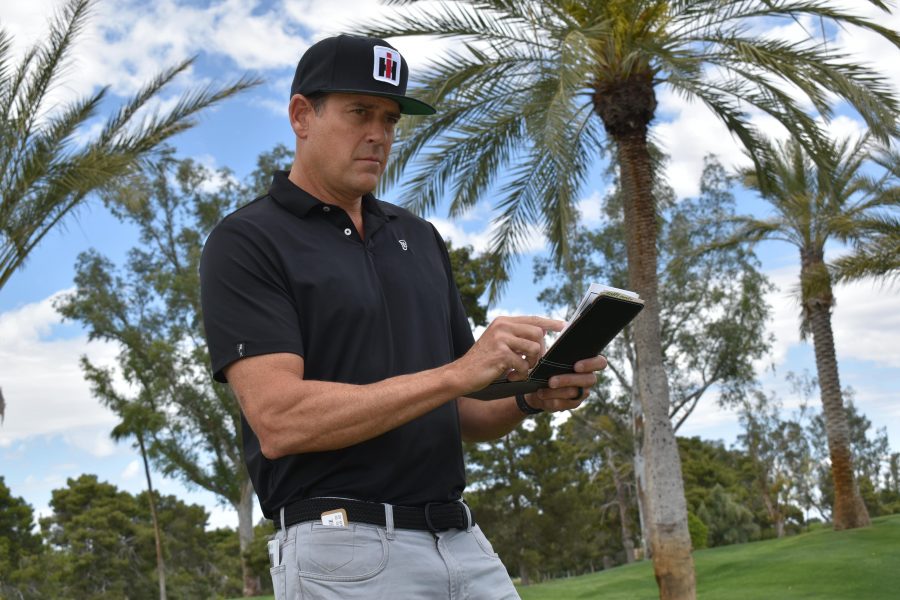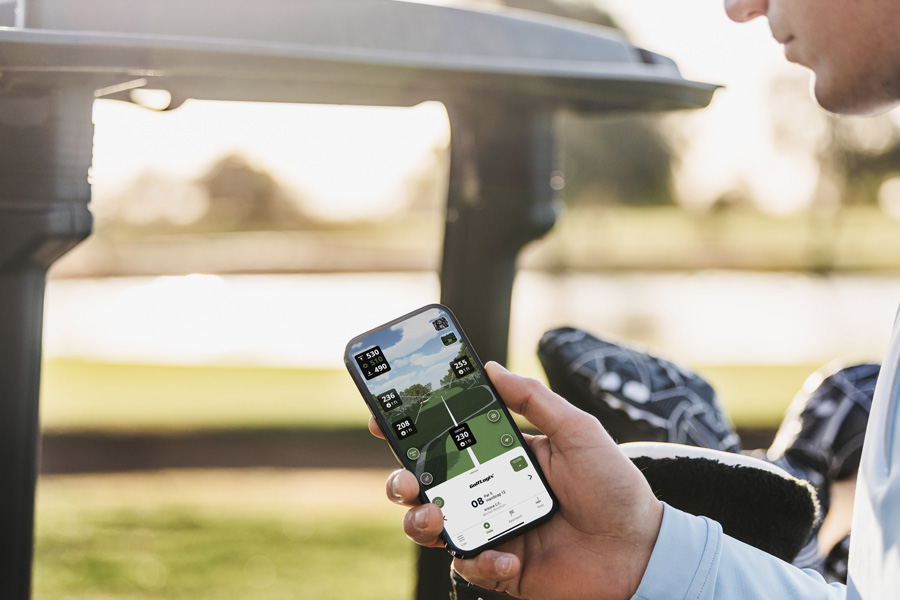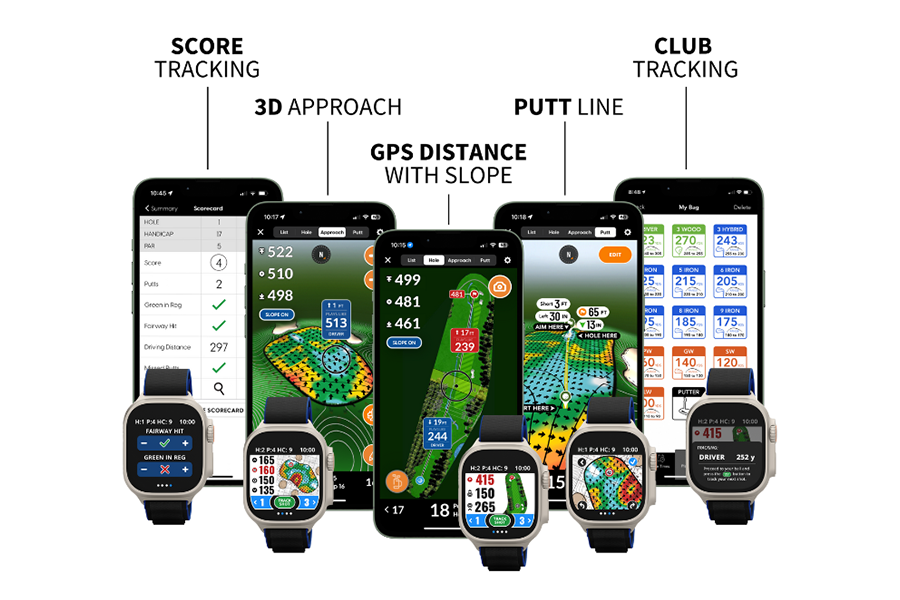The Green Book Advantage: Mastering Your Approach Shots
With distance measuring devices being so popular, the need for Green Books and yardage data is often misunderstood by amateur golfers. To fully understand the Green Book advantage, it’s best to look at a typical approach shot and how additional data and information can help you master these shots.
The Tee Shot
Hitting a great approach shot into a green starts with the tee shot. With a properly placed tee shot, you can optimize your angle into the green and set up a preferred shot.
With Green Books, you can also look at the slope of the landing area for your tee shot and where you may be able to pick up a few yards. It’s like having the home course advantage each time you play.
With a little extra roll on a drive and a better angle, expect a higher chance of birdie.
Distance
The distance of your approach shot is a very important factor to nail down. Not only do you need to be sure you have the proper yardage to the pin, but also the yardage of where the ball should land.
Let’s say you are hitting a 7 iron shot into a green, and the pin is in the back of the green. Flying a shot all the way to the hole may be a mistake as it could roll off the back.
With Green Books, you can better understand the green depth and total distance from front to back to help make the approach shot club selection all that much easier.
Landing Area
The area where your approach shot lands will often determine whether it stops immediately or starts to move toward the hole.
Landing area information is very important for greens with large slopes or when there are two tiers on a golf green.
Sometimes, the landing area slope information can help you land a shot on one side of the green and have it trickle down toward the pin.
Slope
With each hole Green Books gives you a color heat map that helps make slope incredibly easy to understand. When trying to nail your approach shots, simply look at the area of the green that
will best accept the shot you are hitting.
In addition, use the heat maps to set yourself up for that 10 foot uphill birdie putt.
We all know that hitting the golf ball close to the hole is great, but getting it in a location where you can make a putt is the ultimate goal.
Pin Placement
Finally, by looking at the Green Books data and information and visualizing where the golf hole is on the green, you get a much better idea of the pin placement and how you need to play your approach shot.
Some pin placements are easy to attack and will be worth going directly after. Others require you to just get the ball on the green and hopefully make a solid two putt.
Golfers who work with Green Books and the data and information can hit shots close to the pin but in a place that makes sense to play from.
Mastering Your Approach Shot Using Green Books
As you can see, there is quite a bit of information that goes into hitting every approach shot to the green. Green Books allows you to absorb all of this in a matter of a few seconds.
Start by getting down your basic distances and deciding where you want to place your approach shot. Then, consider the green depth, the slope, and how the strengths of your game play into this.
Let’s say you like to hit a lower draw, and you prefer downhill putts. With the information you get from Green Books, you can set yourself up for a preferred shot.
Final Thoughts
The Green Book advantage is unmistakable, but many amateur golfers are missing out on it. Don’t let yourself make unnecessary mistakes on the golf course; there is USGA-approved data out there that will make your next round of golf considerably easier.
So the next time you stand up to a golf shot and think that knowing the pin is 148 yards from you is enough information, think about the Green Books advantage. Understand that golf is a complicated game, and it takes a little extra time and attention to detail to master the approach shot.















